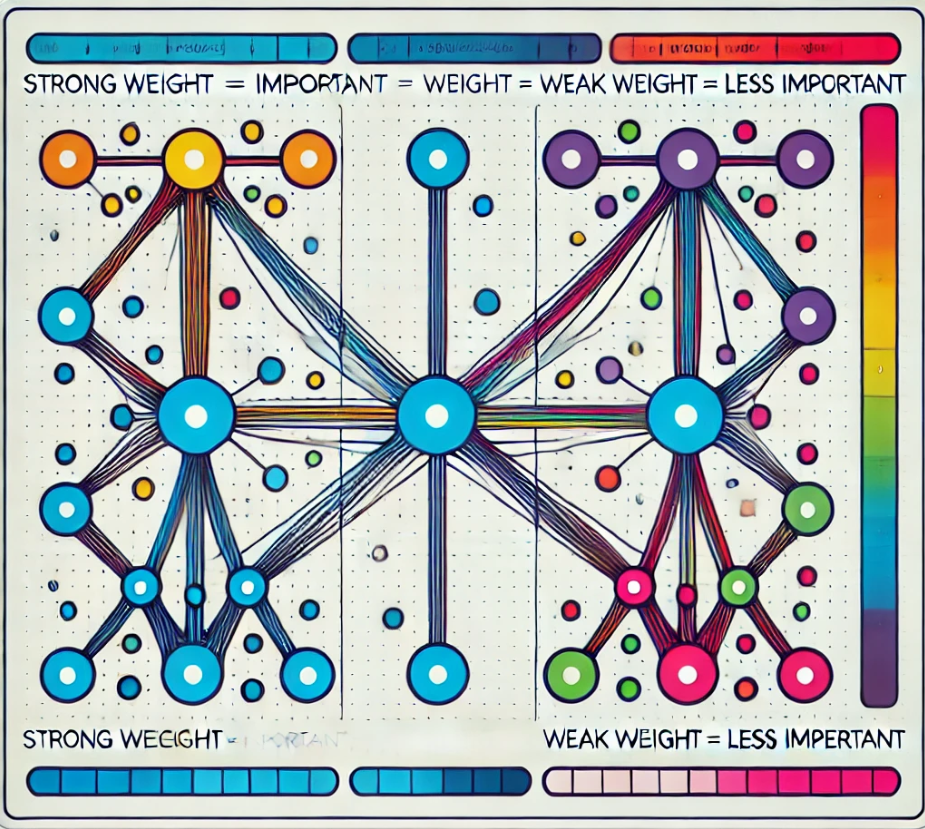| 일 | 월 | 화 | 수 | 목 | 금 | 토 |
|---|---|---|---|---|---|---|
| 1 | 2 | 3 | 4 | 5 | ||
| 6 | 7 | 8 | 9 | 10 | 11 | 12 |
| 13 | 14 | 15 | 16 | 17 | 18 | 19 |
| 20 | 21 | 22 | 23 | 24 | 25 | 26 |
| 27 | 28 | 29 | 30 | 31 |
- stored procedure
- IdentityServer4
- SSMS
- ThreadPool
- async await
- oauth2
- 쿼리 최적화
- SQL Server Optimizer
- execution plan
- 저장프로시저
- MSSQL
- query
- TPL
- .net
- validation
- SQLServer
- 영어공부
- Dataannotation
- english
- identityserver3
- C#
- async
- 실행계획 원리
- await
- fast in ssms
- identityserver
- task
- slow in the application
- esl
- 느린 저장프로시저
- Today
- Total
shyaway
DSR 구성을 통한 네트워크 아웃바운드 트래픽 감소 본문
DSR 구성을 통한 네트워크 아웃바운드 트래픽 감소
DSR, Direct Server Return, 구성을 통해서 아웃바운드 트래픽을 감소하는 방식에 대해 알아보자.
유명 포털사이트 같은 경우 대규모 네트워크 트래픽이 발생하므로, DSR 구성을 많이 사용하는 것이 정설로 알려져있다.
기본 구성시 Packet Flow vs DSR 구성시 Packet Flow
가장 큰 차이점이 무엇일까? - Direct Server Return !!
일단 눈에 띄는 차이점으로는 L4 Switch 구성이 확연하게 다르다는 것이다. DSR 에서는 상위 Switch 에 L4 Switch 를 직접 연결하는 형태를 취한다. 그리고 패킷의 흐름이 다르다. 기본적인 구성에서는 Inbound Packet 과 Outbound Packet 이 모두 L4 Switch 를 거쳐가는 것을 볼 수 있는 반면, DSR 구성에서는 Inbound Packet 이 L4 Switch 만 통과하고, Outbound Packet 은 L4 Switch 를 거치지 않는다. 그래서 Direct Server Return 이다.
DSR 장점
Reducing outbound traffic by using DSR configuration
Let's look at how to reduce outbound traffic by configuration DSR, Direct Server Return.
Popular websites generally face massive traffic on daily bases, so it's well known fact that they are using DSR.
Packet flow for ordinary setup vs the flow for DSR setup
The biggest difference is the name itself, Direct Server Return !!
The notable difference is the position of L4 Switch. The L4 switch is directly connected to the upper switch on DSR. And the packet flow is significantly different. While the inbound packet and outbound packet get through the L4 switch all together, but on DSR, only the incoming packet goes by the L4 switch and the other doesn't. That's why it's called Direct Server Return.

